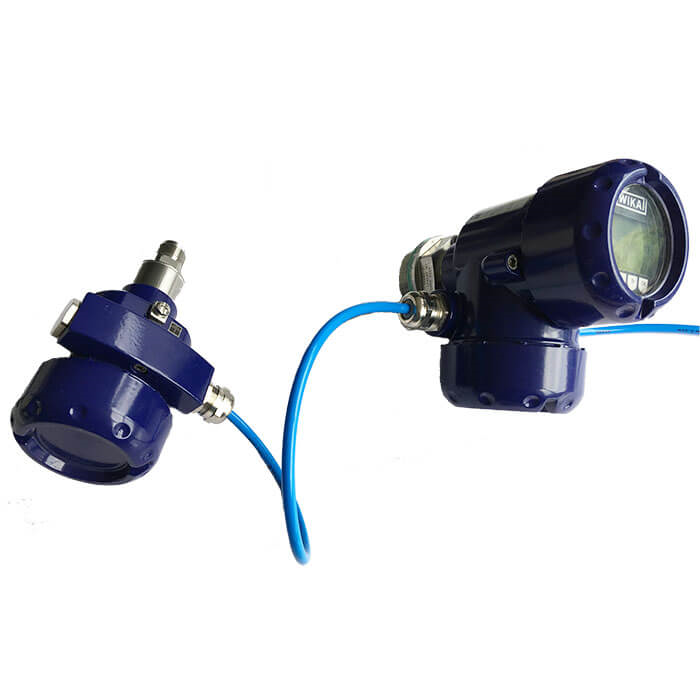
Model DPT-EL Electronic differential pressure transmitter
18 September 2024
View 121 View
Model DPT-EL
Electronic differential pressure transmitter
In primary and secondary circuits
Applications
- Chemical and petrochemical industries
- Process engineering
- Pharmaceutical industry
- Food and beverage industry
- Hazardous areas
Special features
- Simple, uncomplicated installation
- Mounting possible without diaphragm seal
- Elimination of capillaries, that can easily kink
- For applications to SIL 2 (SIL 3)
- Can be combined with two different designs of transmitters from model IPT-2x and/or model CPT-2x
Description
In the process industry, differential pressure measurement using primary and secondary circuits has several advantages over conventional differential pressure methods. The measuring locations, which are usually several metres apart, are connected via a flexible and easily routed cable. This eliminates the need for capillaries, which are complex to install and susceptible to temperature changes.
Flexible configuration
Two identical or two different instruments can be combined. The prerequisite is that one of the instruments is used as the primary instrument.
This processes the measured values supplied by both individual instruments. An internal calculation determines the pressure difference and relays it to the controller via the current loop or the bus system. The secondary instrument only supplies the measured values to the primary instrument via a bus line.
The possibilities for combination and the flexible connection often enable a configuration in which diaphragm seals are no longer needed for process separation. For example, a flush system can be used at the bottom of the vessel, while an open process connection in the upper part of the tank poses no problem for measurement in the superimposed gas.
Insensitive to temperature fluctuations
Especially with vessels that are often outdoors, it is problematic when the sun shines on the capillaries. An increase in pressure due to the effects of temperature often falsifies the measuring result.
The cable used for electronic differential pressure measurement has almost no influence on the measuring result when heated.



